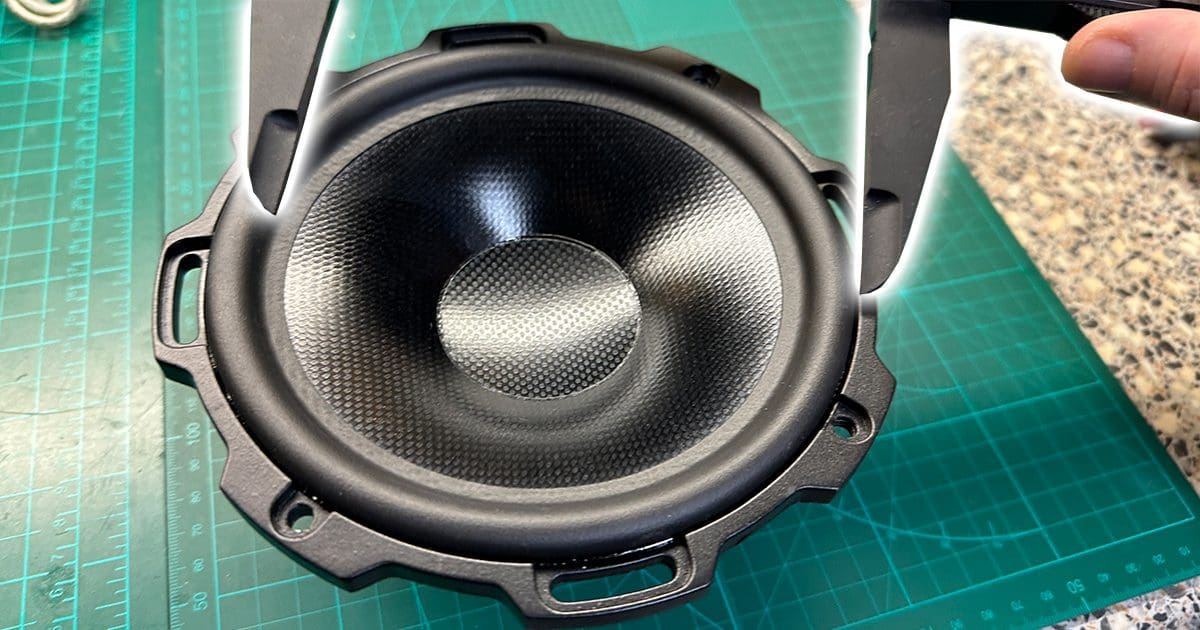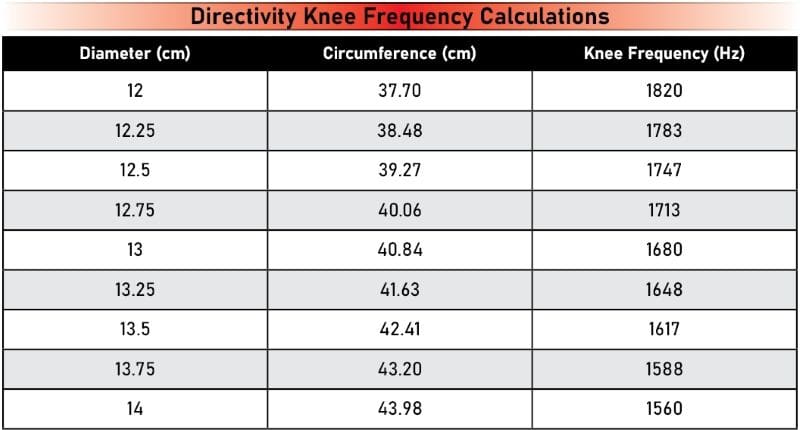A while back, we took a look at tweeter and midrange directivity in the context of audio system design. Unfortunately, we neglected to talk about woofer directivity, so let’s dive into that immediately to cover all the bases. We’ll also explain why this information is vital in creating a car audio system that sounds great no matter where you’re sitting.
Testing Speaker Directivity in Car Audio Woofers
We have a 6.5-inch Rockford Fosgate Punch Pro PPS4-6 speaker with a cone area of 132.73 square centimeters on hand for this experiment. That surface area value equals an effective cone diameter of almost 13 centimeters or 5.12 inches. A quick look at some popular 6.5-inch speakers shows effective cone diameters that range from 4.9 to 5.3 inches. The cone diameter measurement matters because it affects the frequency at which the speaker’s output starts to roll off. A larger diameter and, subsequently, a more significant circumference result in a lower frequency where directivity becomes an issue. Before we get into the math, let’s look at the data from some measurements of our woofer.
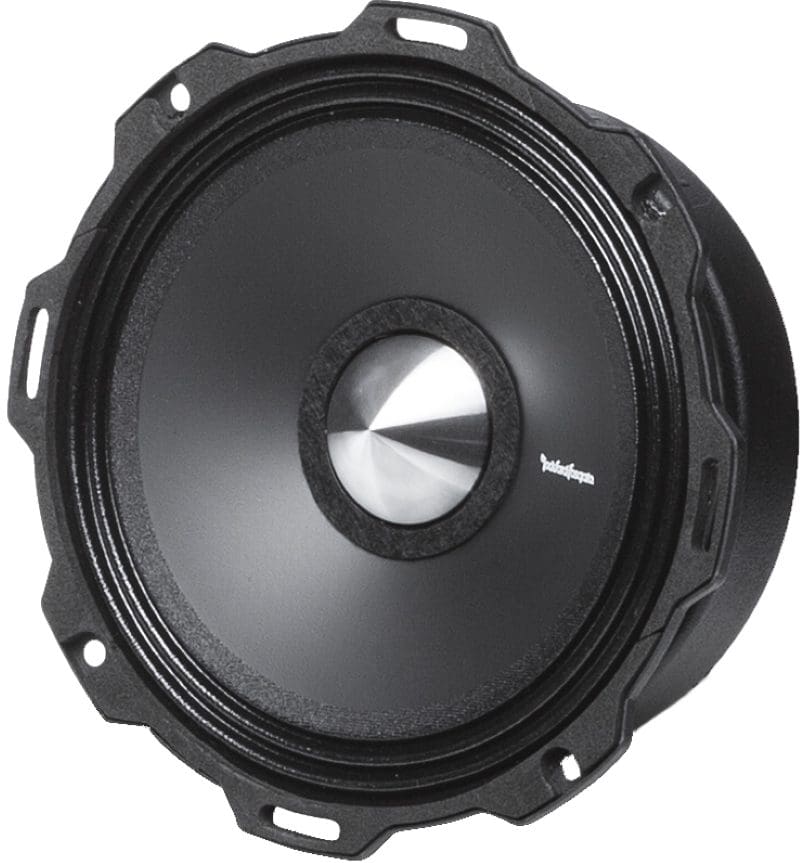
For the test, we set the speaker up in our reference test enclosure and placed our Clio Pocket microphone 1 meter away from the mounting surface, directly on-axis with the woofer. Next, we created a template for the floor that would allow us to accurately rotate the enclosure in 12-degree increments while maintaining an equal distance to the center of the speaker cone. We then took a frequency response sweep of the driver in seven positions. To make it easy to see how different listening angles affect high-frequency performance, we referenced the 12- through 72-degree measurements to the 0-degree on-axis measurement. This data display method clearly shows how the frequency response changes at each angle.
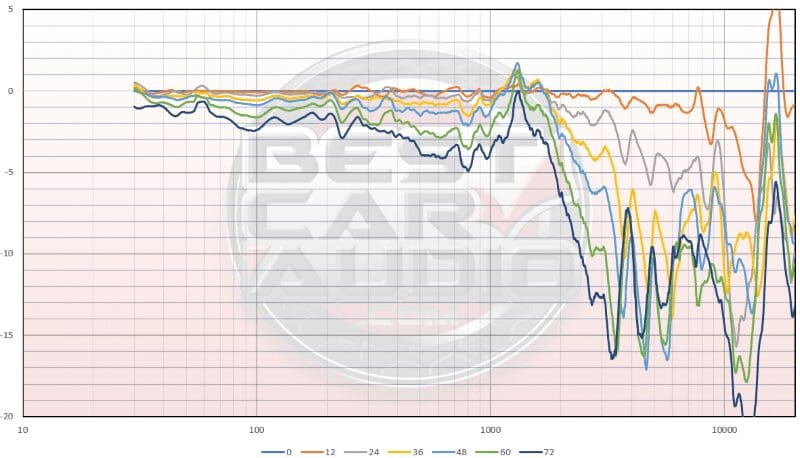
Let’s analyze the data. From directly on-axis with the driver to 48 degrees off-axis, the frequency response remains within a 3-dB window up to about 1.8 kHz. It’s also easy to see that the point at which the high-frequency output rolls off is close to 1.7 kHz. As we move farther and farther to the side, there’s an increasingly significant dip around 800 hertz. If we wanted to generalize, the output was within a 5-dB window up to 2 kHz at all angles. Five dB is a significant enough variation that the system would require equalization to sound good.
School’s in Session – Math Time!
Let’s apply some math to the information we have about the speaker. First, you need to know that we calculate the effective cone area by measuring from the middle of the surround on one side of the speaker to the middle of the surround on the other. This measurement is easy for drivers with conventional half-roll surrounds but can be difficult for pleated surrounds. For the latter, you can measure from the outside on one side to the inside on the other.
The next step is to divide the diameter measurement by two to get the radius. For our test speaker, we measured the diameter at 13 centimeters, which equates to a radius of 6.5 centimeters. Now, we need to calculate the effective circumference of the cone. The formula to calculate circumference is C = 2 x π x r, where r is the radius. So, for this speaker, we get a circumference of 40.84 centimeters.
The final calculation to determine where the driver will start to roll off high-frequency information is to figure out the half-wave frequency equivalent to the circumference. The half-wave calculation formula for a given distance in centimeters is (343 ÷ C) x 200, where 343 is the speed of sound in meters per second and C is the circumference in centimeters. So for our driver, we get a knee frequency of 1,679.7 hertz. If you look at the graph again, you’ll see that 0- through 48-degree measurements cross the reference 0-dB line very close to 1,680 hertz.
The table above shows the frequency at which high-frequency energy will start to attenuate significantly based on the measured effective cone diameter. These values should cover the range of popular 6.5-inch car audio woofers.
There’s a second calculation we can make with the data we have. This calculation will show us where the dip occurs in the frequency response. It’s equivalent to the frequency with the same wavelength as the cone circumference. The formula to calculate this frequency is (343 ÷ C) x 100. For this speaker, that frequency calculation gives us a value of 840 hertz. Look at the graph – that dip in the frequency response is around 800 hertz, close enough to our calculation of 840 hertz.
Why Does Speaker Directivity Matter?
If you’re having a mobile enhancement retailer install new speakers in the door of your car or truck, the listening angle to the speaker in the driver’s door is usually quite steep. However, if the speaker system includes a midrange driver in the dash, A-pillar or sail panel that will play down to 300 hertz, directivity from the woofer in the door is a non-issue. The output below 300 hertz is within a few decibels and remains relatively constant over the typical operating frequency range.
However, suppose you’ve opted for an entry-level component speaker set that uses a woofer and a relatively small tweeter. In that case, there may be a wide range of frequencies where the woofer’s output is significantly attenuated before the tweeter takes over. For example, imagine a speaker set with a 4-kHz crossover point to a small tweeter. The midrange output could be down by 10 dB around the crossover frequency if you listen to the speakers more than 60 degrees off-axis. There’s also a chance that the phase between the drivers at the crossover point has changed, which could result in even more attenuation or unpredictable frequency response.
Attempting to calibrate an audio system that sounds good requires that the perceived output from the speakers on both sides of the vehicle be equal in amplitude and phase. For example, if the left channel has a dip in the upper midrange compared with the right, that will blur or smear the image produced by the system.
The solution to the above situation is to choose a speaker with a tweeter that can play low enough that the directivity of the woofer isn’t a significant issue. Another alternative is to upgrade to a three-way speaker system with each driver operating in a frequency range where directivity isn’t an issue.
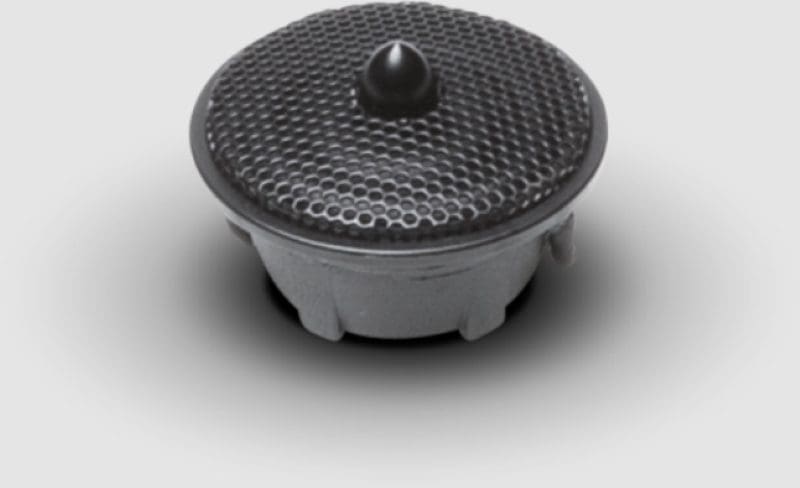
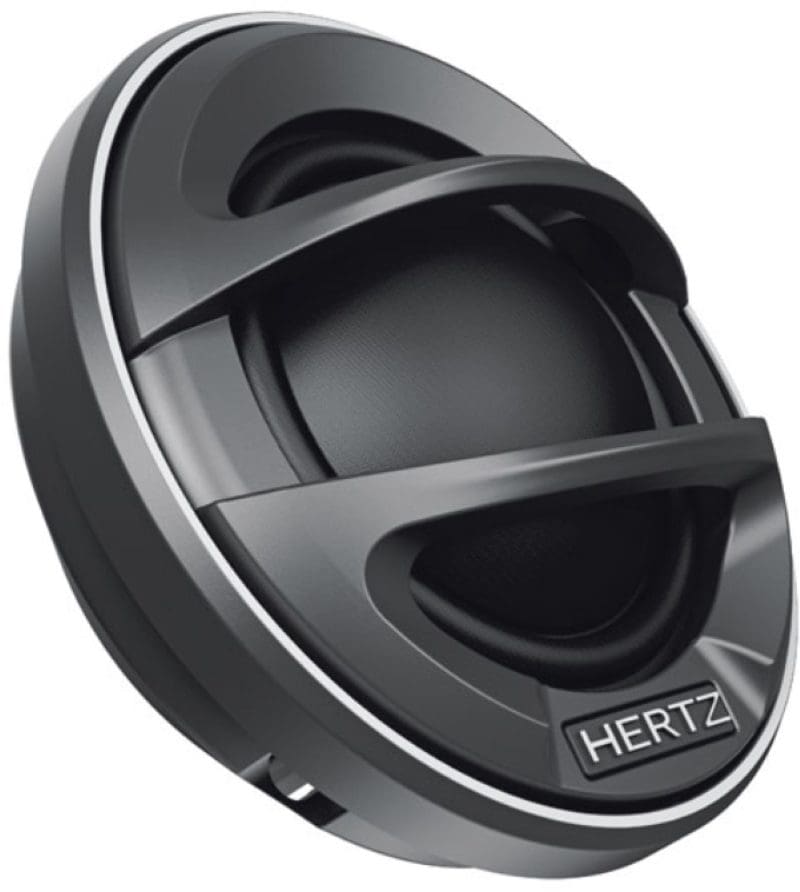
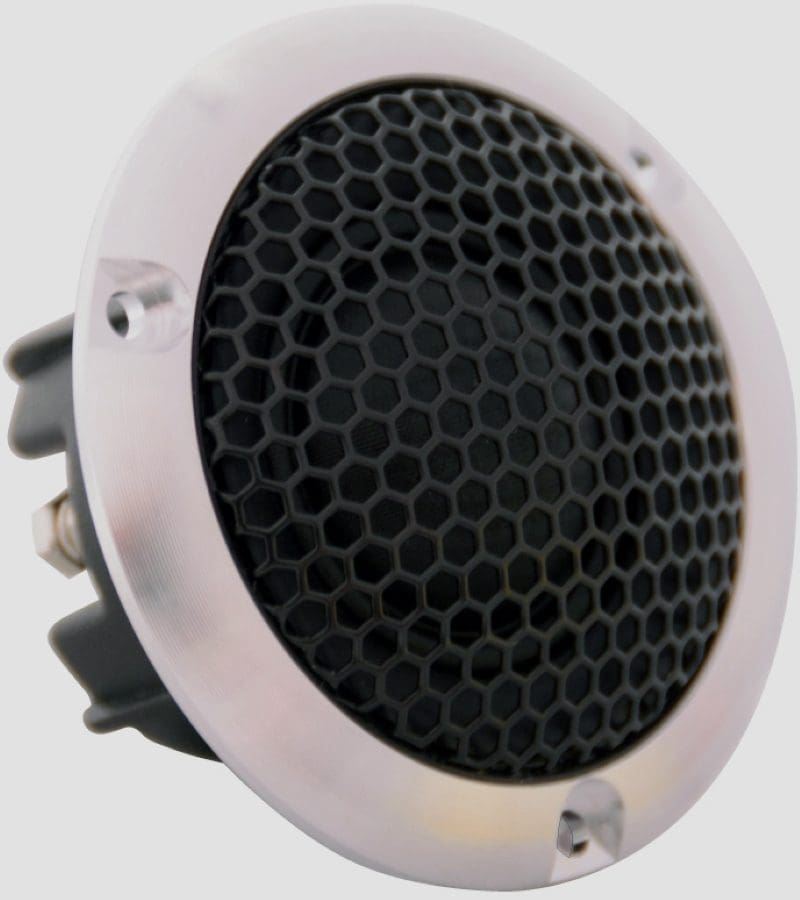
Make Sure Speaker Directivity Is Considered in Designing Your Car Audio System Upgrade
If you desire a car audio system that sounds great even if you move your head around while driving or someone a bit taller or shorter takes the wheel, make sure the product specialist you’re working with takes speaker directivity into consideration while designing your car audio upgrade. Drop by a specialty mobile enhancement retailer today to audition and learn about the speakers available to upgrade your vehicle.
